Getting to know your Kimono
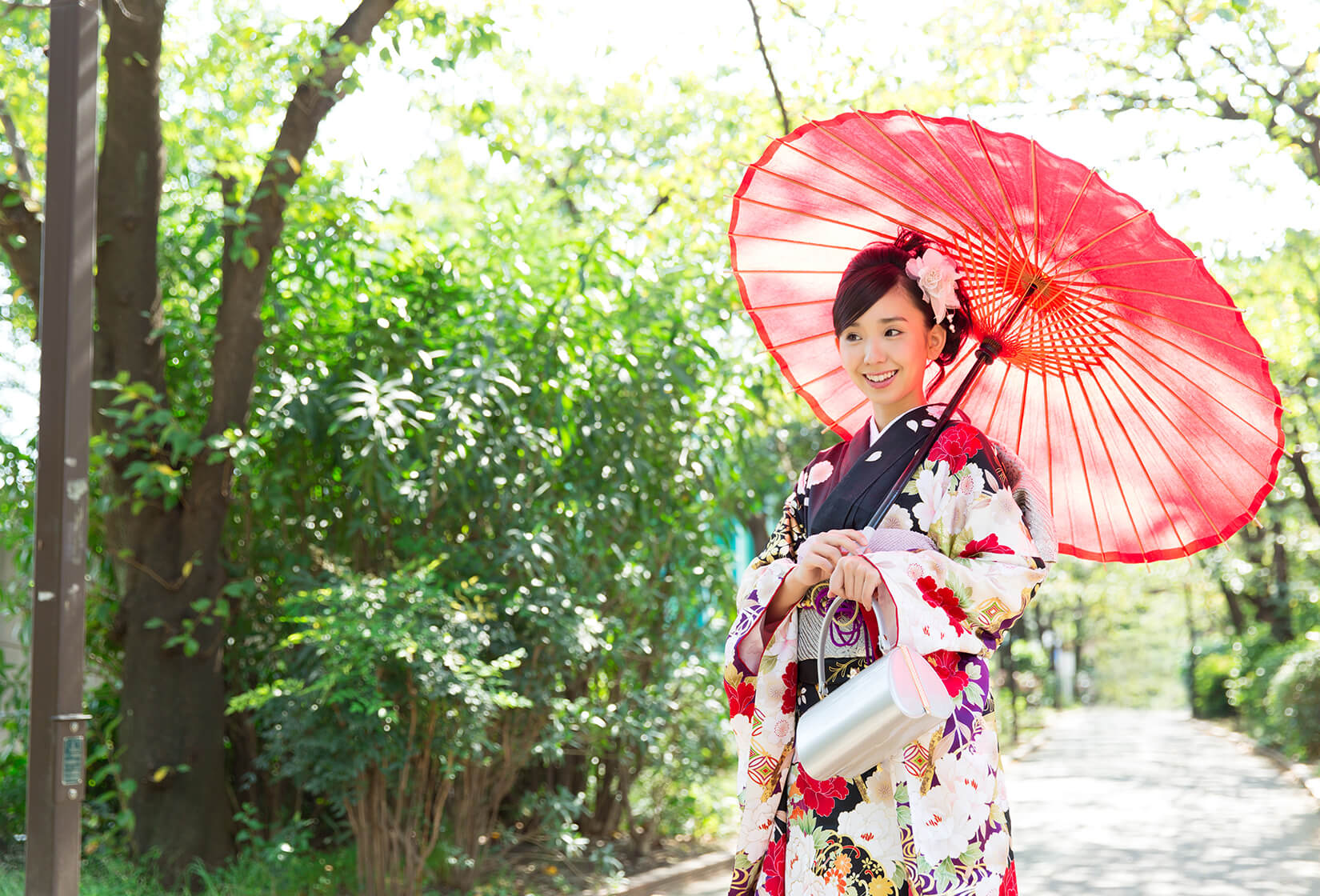
The kimono has already gained popularity worldwide. It has become a trend as top brands released comfortable and fashionable designs. It is casually worn as daytime attire or even on breezy days at the beach. Can you imagine that a simple article of clothing could mean so much? This modern trend actually comes from Japan as a longstanding traditional garment!
The kimono is more than just a robe. From its origins in Japan, it’s an elaborate clothing style that boasts years and years of history. Learn about the well-known Japanese kimono and how every aspect of it tells the story of Japan:
Table of contents
Getting to Know the Kimono

Wearing a kimono must be in every tourist’s to-do list when they’re visiting Japan. Who wouldn’t want a photo in front of ancient shrines and castles while wearing traditional garments? But have you ever wondered where the kimono comes from? What’s the significance of all the different designs, patterns, and colors? Understanding the kimono will surely open a new perspective on learning the unique culture of Japan.
Origin and Development
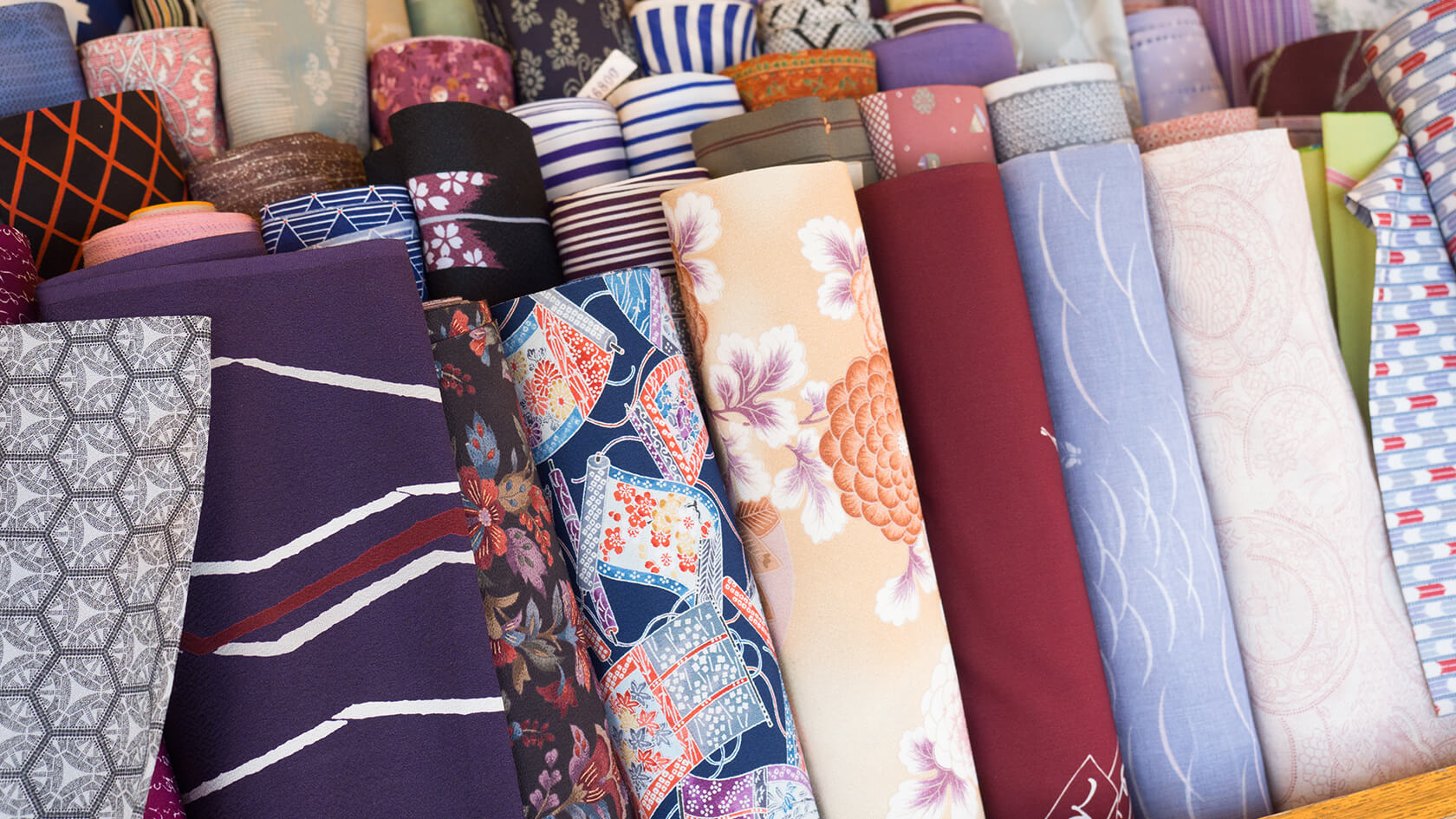
Ki(着)means “wear,” and mono(物)means “thing.” Literally, kimono(着物)means a “thing to wear.” The history of this traditional Japanese garment goes back to the Heian period(794-1192). People used to wear the kimono with the hakama(袴), a Chinese-influenced long skirt that is similar to trousers. Eventually, they developed the straight-line-cut method of kimono-making, and pieces of fabric were cut in straight lines and sewn together.
When the Japanese started wearing the kimono without the hakama, they created the wide sash worn around the wearer’s waist called obi(帯). By the Kamakura Period(1185-1333), people had worn the kimono as everyday clothing and layering has come into fashion. This is where the color combinations come in.
During this period, the Japanese developed a heightened sensitivity to color. Traditionally, the color combinations on a kimono are based on Japan’s seasons or the wearer’s gender and political class. By the Edo period(1603-1868), kimono-making had become a specialized craft.
As various foreign cultures heavily influenced Japan during the Meiji Period(1868-1912), the Japanese government encouraged people to adopt new clothing styles. In the present time, people are wearing Western-style clothing and reserve the kimono for specific special occasions. The traditional Japanese clothing is now usually worn during weddings, funerals, tea ceremonies, and festivals.
Completing the Kimono
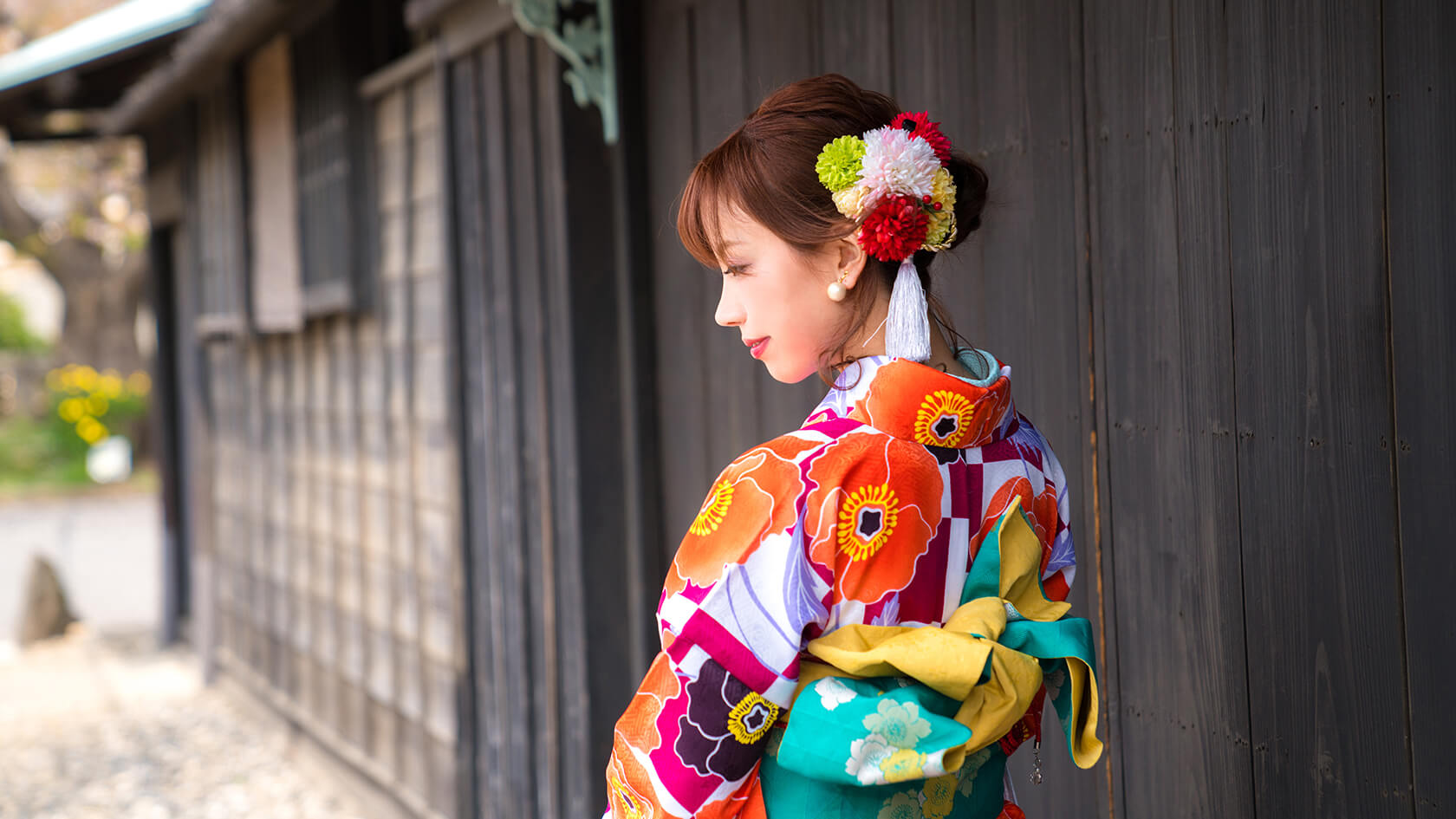
The versatility of the kimono makes it popular. It can be layered or altered according to the season. To truly understand the kimono, it is essential to look into its parts and components. This includes the fabric used, accessories, and other elements of the overall outfit. These elements reflect the elegance of Japanese culture and design.
Traditionally, a kimono is crafted from handmade and hand-decorated fabrics, including linen, silk, and hemp. Materials such as polyester, cotton, and rayon are also often used nowadays. The colors of a kimono are either woven from different threads or dyed. Using the straight-line-cut technique, a kimono fabric about 12-13 meters(39-43 feet)long and 36-40 centimeters(14-15 inches)wide is cut into 8 pieces and then sewn back together.
Before it became a fashion trend, the kimono was worn in 1-20 layers. These include the nagajuban(長襦袢), which is the undershirt shaped just like a kimono. It keeps the kimono clean and the colors vivid as it protects the fabric from sweat. It comes with the datejime(伊達締め), which is used to tie the nagajuban and keep the shape of the obi.
At first glance, most people would recognize the unique shape of a kimono as well as the obi. Upon closer inspection, you would notice another thin piece of fabric that is used to hold the entire outfit together. The koshihimo(腰紐)can be made of silk, soft cotton, or wool and is worn under the obi.
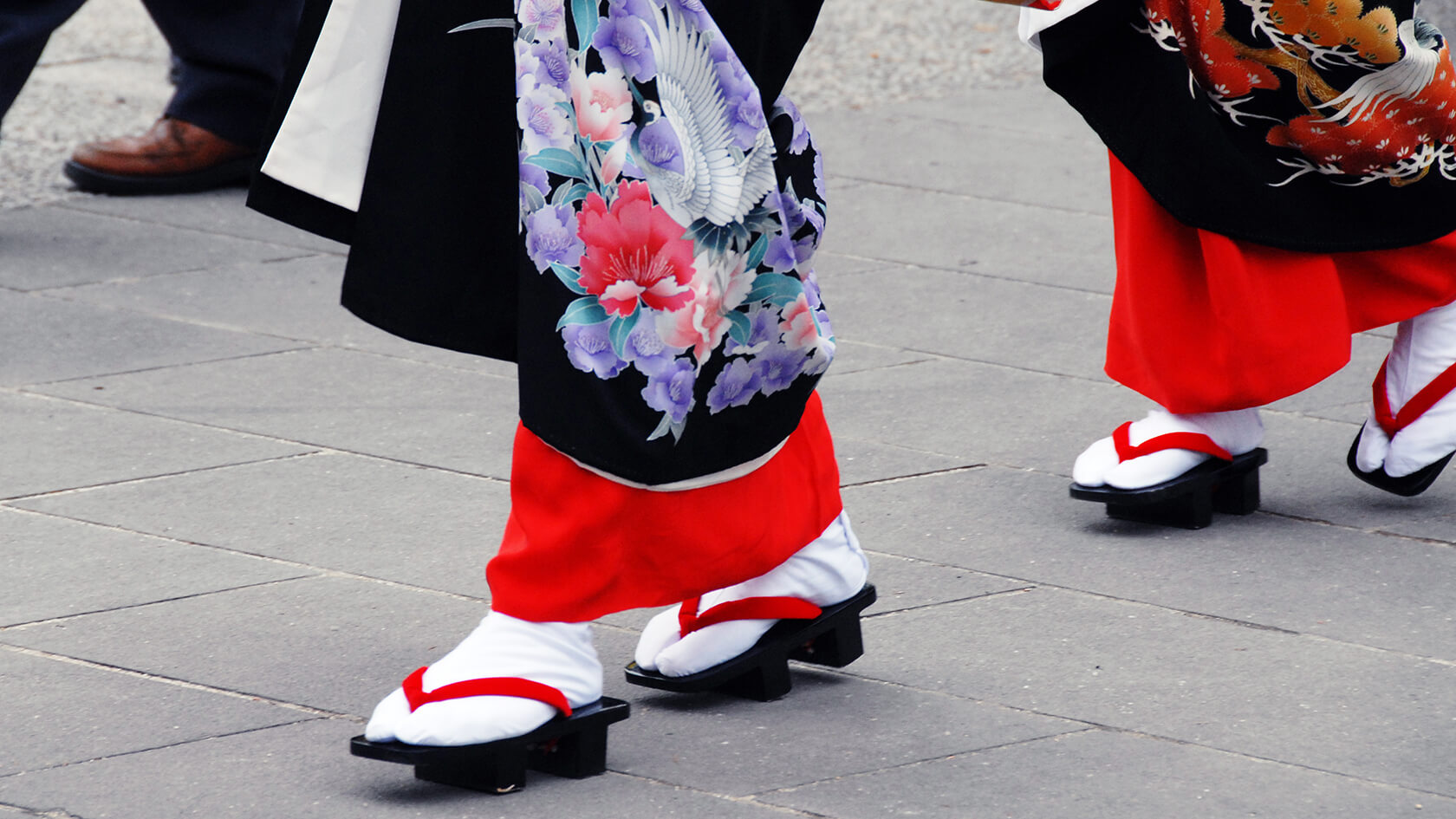
The traditional kimono is completed with traditional footwear. The tabi(足袋)are white, split-toe socks and are worn with the formal sandal-like shoes called zori(草履). Some also wear the geta(下駄)instead, which are platform sandals. These sandals are elevated on teeth and are usually worn with the yukata(浴衣), the casual cotton-made summer kimono.
The kimono layers depend on the season and occasion. Nevertheless, all of its parts hold the culture and tradition of Japan. The textiles and accessories may have been substituted and altered through time, but its essence remains intact and respected.
Styles and Types
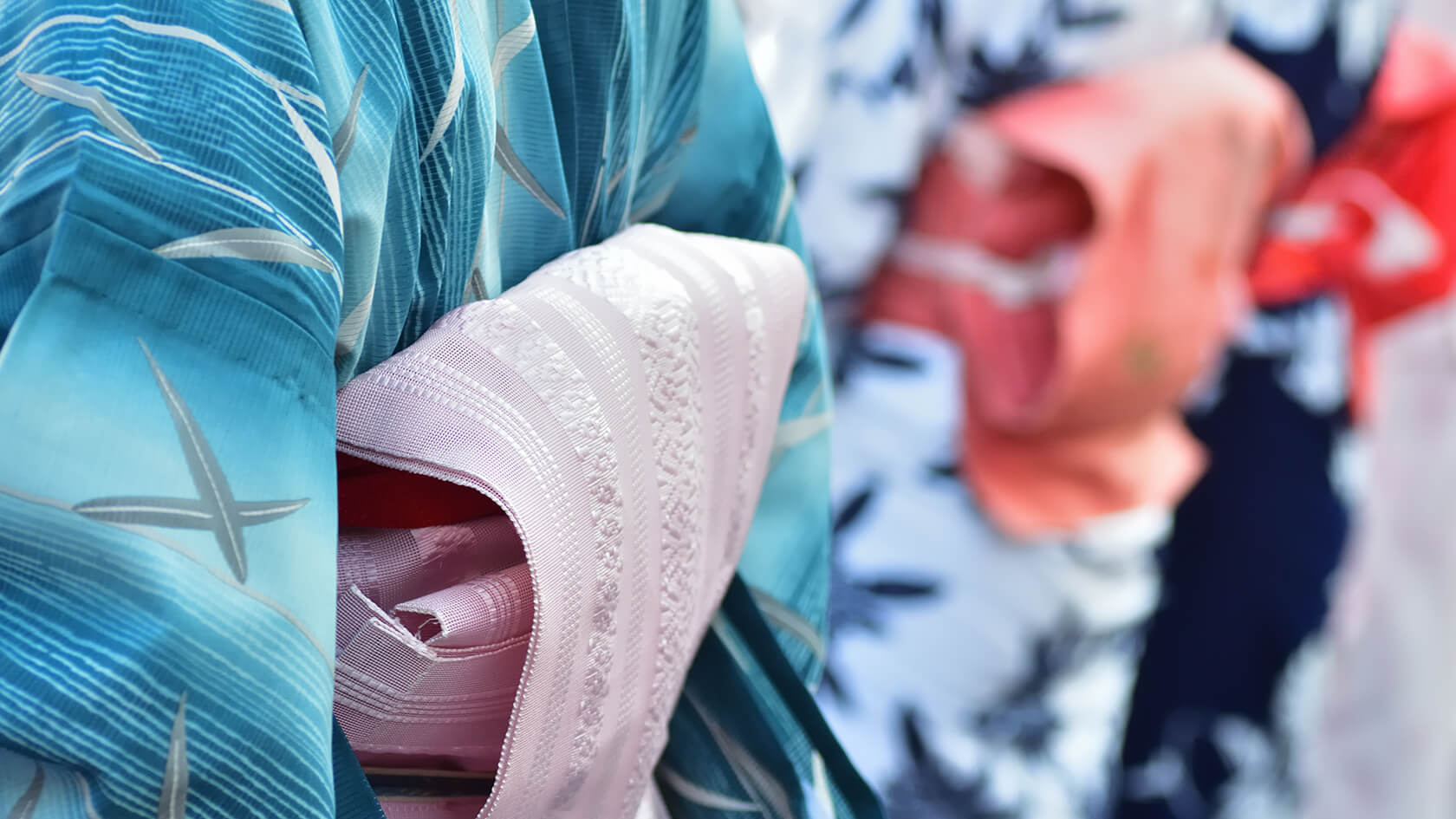
Having different parts of a kimono means there are also different styles and types. Some types need a specific part of a kimono while others don’t. The various styles of kimonos are designed according to the occasion and the wearer’s identity. Here are some of the types of kimono worn by women and men:
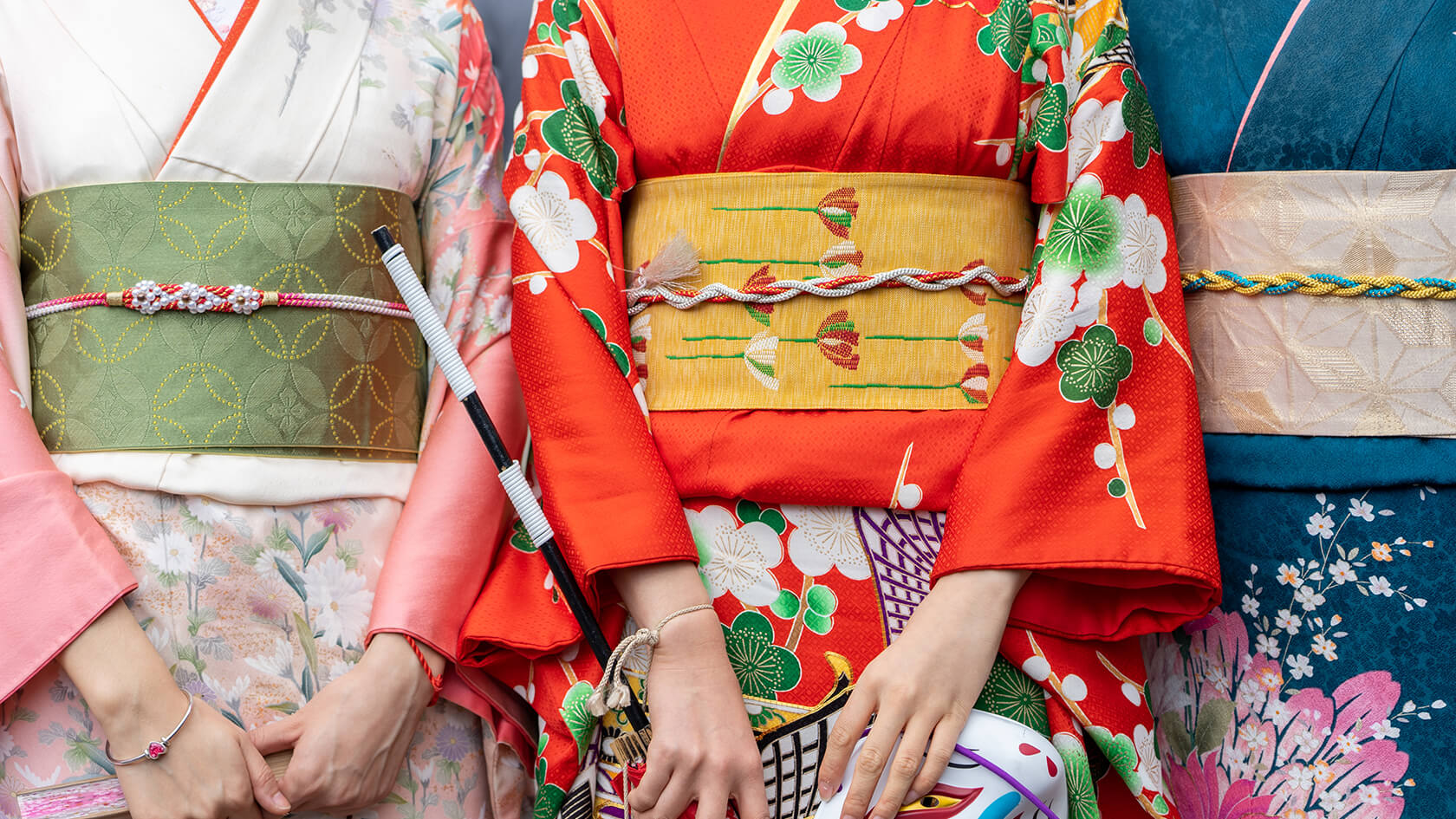
The furisode(振袖)or “swinging sleeves,” is worn by unmarried women and girls. Typically worn during the Seihin no Hi(成人の日), Japan’s Coming of Age Day, this type of kimono has long sleeves and usually comes in bright colors. Historically, unmarried women fluttered their long sleeves to declare their love for a man.
Once married, women wear the tomesode(留袖)kimono. This type of kimono has shorter flaps, and can be decorated with intricate patterns and crests below the waist. The tomesode can either be black or other colors, with the black type worn by the woman at her child’s wedding. The colored tomesode is worn on formal occasions.
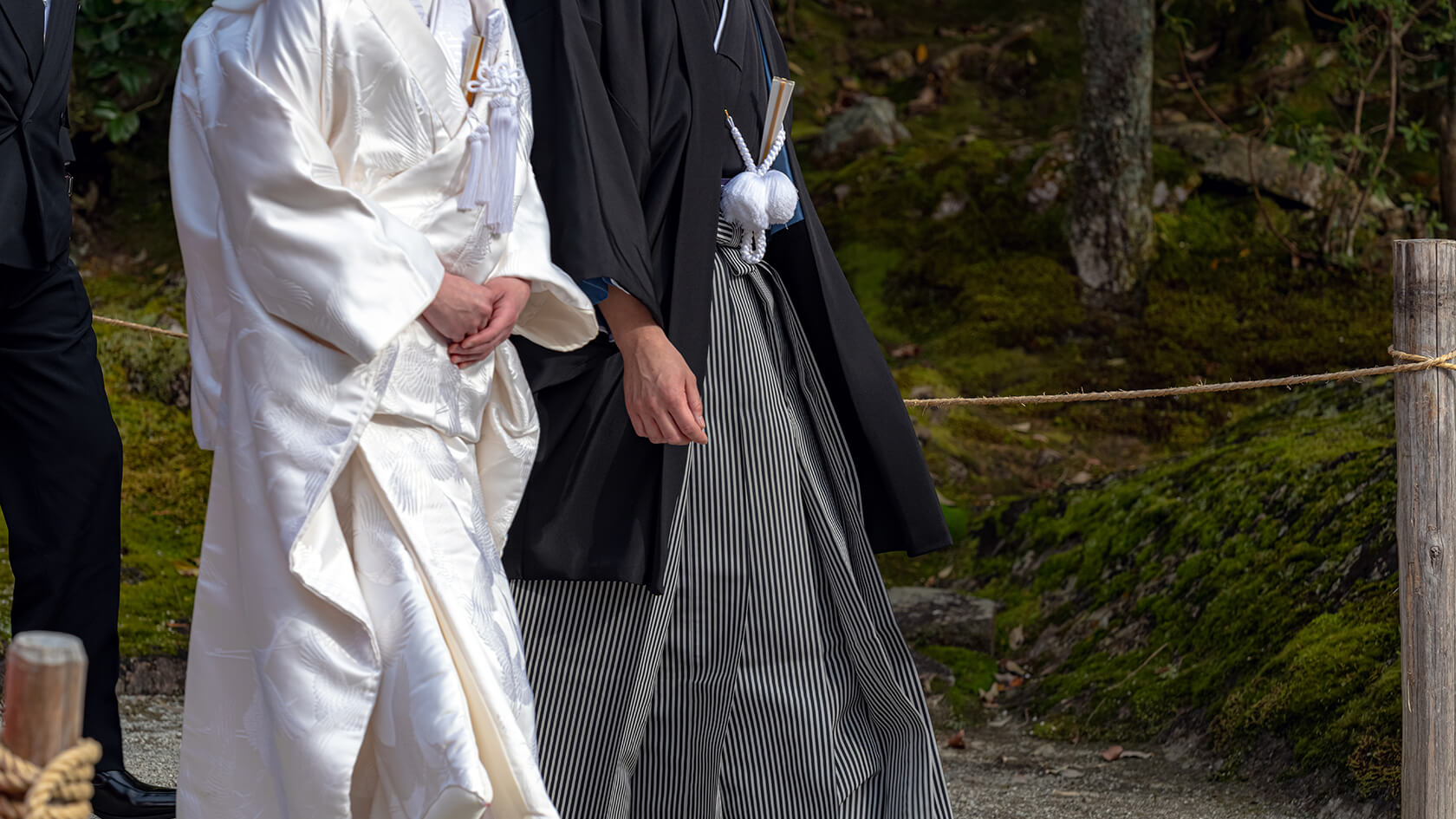
The kimono worn for weddings is called the shiromuku(白無垢). It was originally worn by brides from a samurai family until it became a type of wedding kimono. This pure white bridal kimono has been prized since the Heian period, as it symbolizes cleanliness and purity. As the color white can be dyed any color, a bride wearing the shiromuku could symbolize her desire to take on the colors of her husband to be.
The homongi(訪問着), meaning “visiting kimono,” is worn regardless of age and marital status. Often worn by the bride’s friends at a wedding, this type of kimono can be identified through the patterns over the shoulders, seams, and sleeves. Women also wear the homongi at tea ceremonies.

When you attend summer festivals in Japan, you will see women and men wearing a type of kimono that is made of thin material. Suitable for the summer season, the yukata is informal, festive clothing. Women’s yukata are brightly-colored with eye-catching patterns while men’s designs are usually simple, dark colors. The yukuta is easier to wear compared to the other types of kimono.
Komon(小紋)is another type of casual kimono and it is usually worn when shopping around towns. Worn with a formal obi, the komon is designed with a repeated pattern. This type of kimono was the common everyday clothing in Japan before the influence of Western clothing set in.
Another type of kimono that can be worn by married and unmarried women alike is the iromuji(色無地). Commonly used at tea ceremonies, the iromuji is made from dyed silk. Simple and sophisticated, the style only has to be of plain, solid colors in subdued tones without patterns. The more crests this kimono has, the more formal it is.

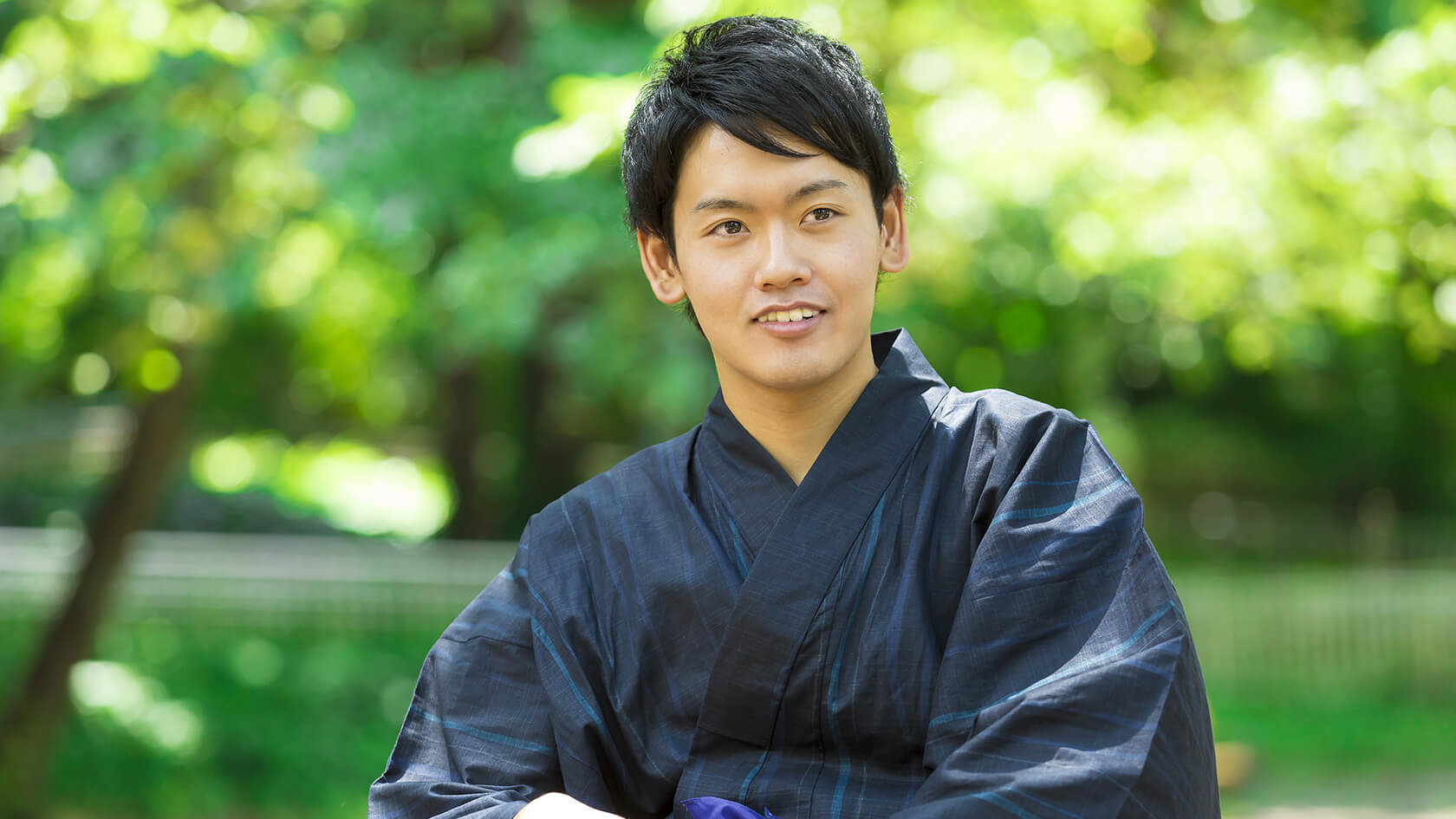
For both men and women, the traditional mourning dress is called the mofuku(喪服). Made of plain, black silk, this type of kimono is layered over the white undergarments and is paired with all-black accessories.
As modern styles influence the current trends in fashion, kimono designs have adopted some changes as well. The types of kimono remain the same, but a modern kimono can have flashy, unconventional patterns. Still, it holds the same purpose and function of reflecting its wearer’s identity while keeping them clothed.
Cultural Significance

Beyond fashion, the kimono holds a lot of value and history. As it reflects Japan’s seasons and occasions, the aesthetics and the symbolism of the kimono are unique and intricate. Aside from bearing the Japanese tradition, a kimono also reveals the identity of the wearer.
A kimono tells the wearer’s personality traits, virtues, marital status, and gender. All these are communicated through the styles, patterns, symbols, and colors. Even the materials used have significance and social messages woven into them.

One thing that can be deeply associated with the kimono is the geisha(芸者). A geisha is trained in various performing arts and they also act as hostesses. As a longstanding characteristic of the geisha, these world-renowned traditional Japanese female entertainers don the kimono.
Along with the white faces, flowers and blossoms as hair ornaments, and make-up, the kimono is worn also to reflect the geisha’s seniority. Additionally, the colors and patterns on a geisha’s kimono can indicate their training level. A junior geisha would have a red collar decorated with white embroidery. As they proceed, their collars would be entirely white, indicating they have completed their training as a geisha.
The kimono is a significant part of Japan’s identity. Considered as family heirlooms, it is passed down from generation to generation. A family crest on the kimono identifies the wearer’s family background, making it even more valuable as a traditional garment. Japanese families put so much effort into taking care of their kimonos to make them last longer.

Through time, kimonos gained more value, even after Japan has adopted the Western clothing style. Although the Japanese people only wear the kimono occasionally nowadays, the garment still carries over the history of Japan, the people’s discipline, and an individual’s identity. Regardless of age and gender, the kimono dresses a person up in the rich culture and tradition of Japan.
Conclusion
The intricacy of the kimono makes the Japanese tradition even more admirable and interesting. More than the fabrics and materials used and the beautiful and specific designs, the kimono is priceless and telling. It is Japan’s seasons in patterns and colors and a wearer’s character and personality.
Visiting Japan would not be complete without the experience of wearing a kimono. As tourists can only usually marvel over the beautiful designs, having a deep understanding of how elaborate the garment is makes a huge difference. Wear the kimono, and embody the entire story of Japan and yourself!
Motto Japan, the community platform to support foreigners with the foundation for life in Japan, including Japanese study, job opportunities, and housing service. Motto Japan Media will provide a wide variety of information for Japanese fans all over the world, to create a cross-cultural environment and enrich the life of foreign residents in Japan!


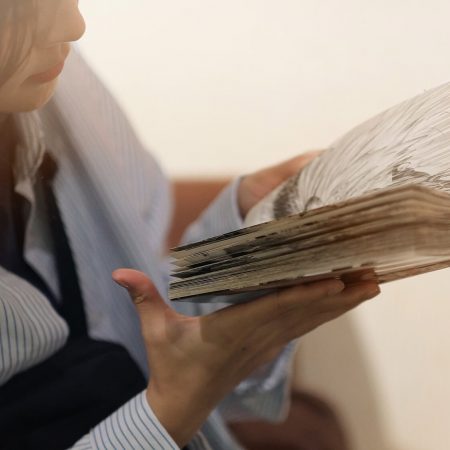

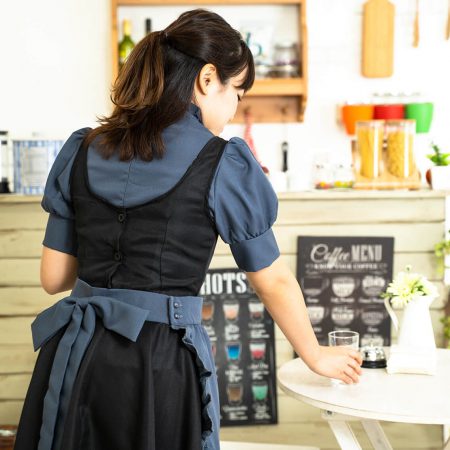
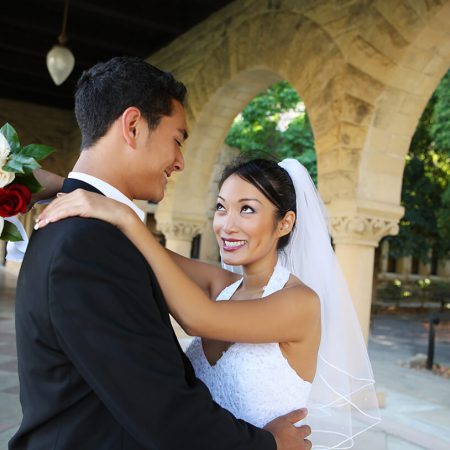

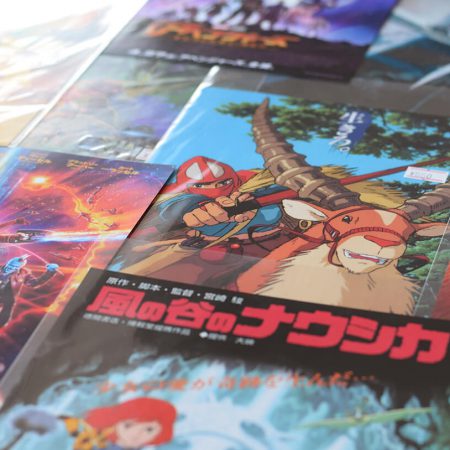





Leave a Reply